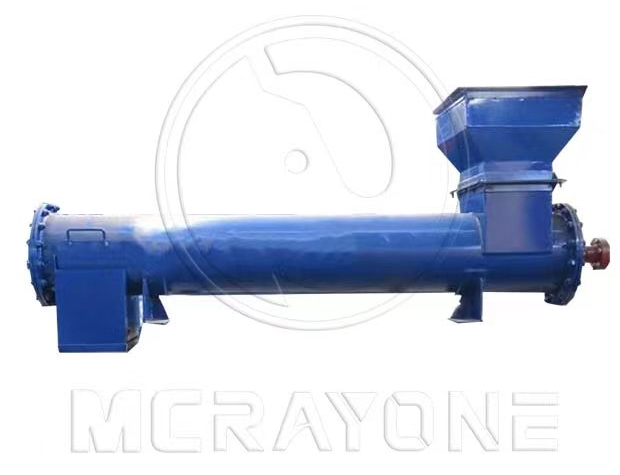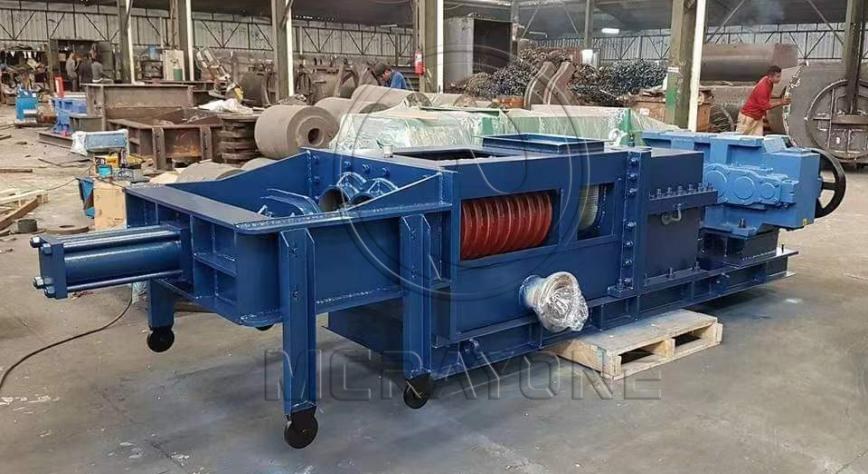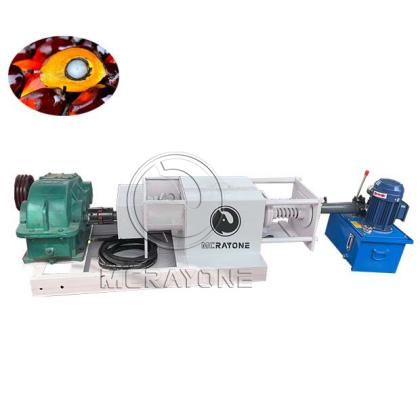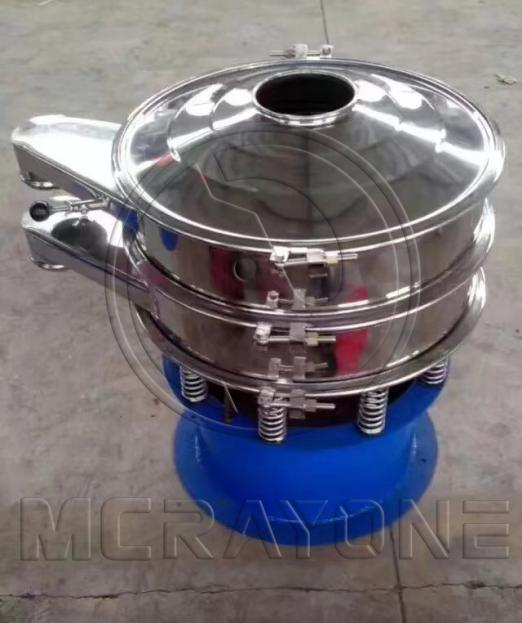Palm fruit line introduced by MCRAYONE
Palm fruit bunches need to be sent to the pressing plant within 24-48 hours after picking to prevent the increase of FFA (free fatty acids).
In the sterilization process, the palm fruit will be sterilized at a high temperature of 90-112 degrees for 90 minutes. This process can effectively remove enzymes in palm fruit oil.
The water-oil mixture produced after treatment will flow into the clarified sludge pool.
The fruit bunches will enter the thresher for threshing, and then enter the palm fruit crusher. During the crushing process, the temperature of the entire embryo will reach about 90-95℃. The purpose of heating is to break the emulsified state formed by oil and water in the fruit tissue, reduce the viscosity of the oil, and facilitate the flow and precipitation of oil.
These are all before the palm fruit is officially pressed for oil, which can allow the palm fruit to obtain a higher oil yield and reduce the loss of the palm fruit oil press. This step is before the palm fruit is officially pressed for oil, which can allow the palm fruit to obtain a higher oil yield and reduce the wear of the palm fruit oil press. Our crushers have a variety of outputs and can provide customized services to customers.

The crushed palm fruit enters the most important step of the oil pressing process, which is pressed by our double-screw palm fruit oil press (equipped with a hydraulic system).
The press with a processing capacity of less than one ton is a single screw press, and the press with a processing capacity of more than one ton is a double screw press.
Our machine defaults to 380v 50hz three-phase electricity, and the motor can also be changed according to customer needs. Our oil press has a variety of specifications from 400kg/h to 25t/h for you to choose from. Large, medium and small enterprises can find suitable palm fruit oil presses here.


After processing, crude oil and oil cake can be obtained from palm fruit oil press. Crude oil contains 66% oil, 24% water, and 10% non-oil solids.
Crude oil can remain liquid at 33°C, with an iodine value between 50-59. To prevent the crude oil from solidifying, it is placed in an insulated tank and filtered by adding hot water about 5°C higher than the oil temperature.
Through a vibrating separation screen (to separate larger solid impurities), customers can choose to add another plate and frame filter to further separate the solids.
Next, enter the clarification tank to heat the oil to a temperature above 55°C to further reduce fine impurities.
Finally, it will be vacuum dried to remove moisture from the crude palm oil and ensure that the acid value of the crude palm oil is stable and not easy to deteriorate. The dried palm oil can be pumped into the storage tank. The standards for crude palm oil entering the storage tank are: acid value <5%, moisture content between 0.1-0.2%, and impurities should be less than 0.02%.
To summarize the above process, you can get very good crude palm oil. If you need to know more details and process, please contact our sales staff.

